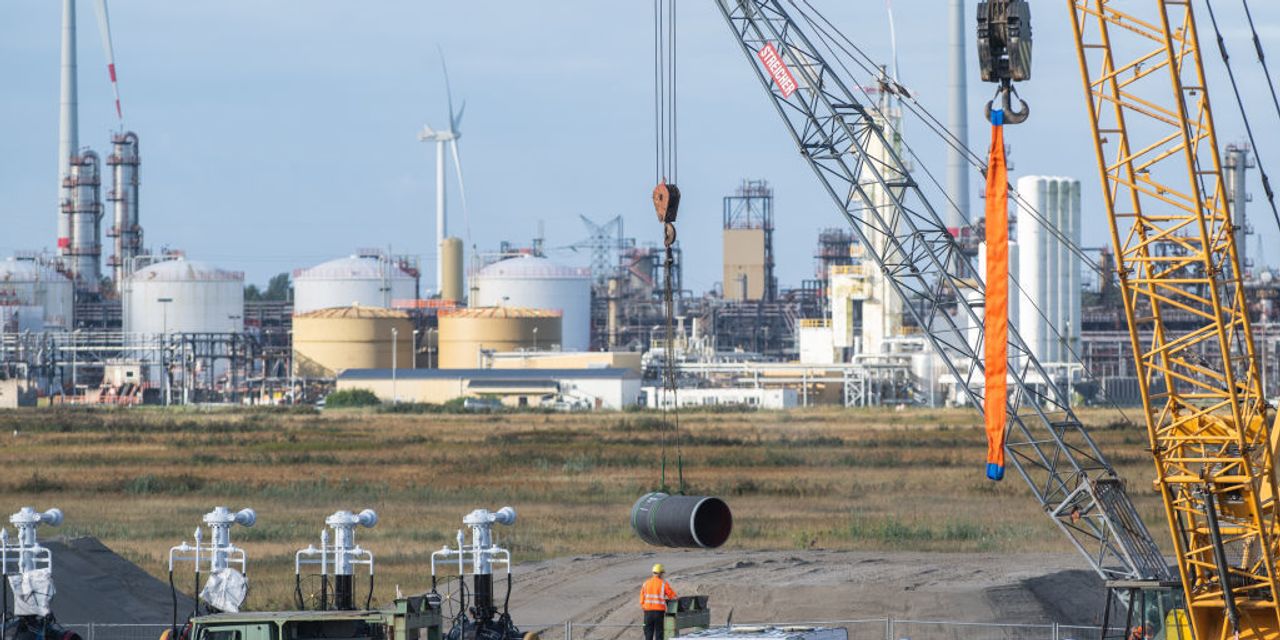European gas prices dropped to a three-month low on Monday as EU countries rush to replace lost Russian pipeline gas supply with liquefied natural gas (LNG) imports.
Dutch front month futures – the European benchmark price – dropped by as much as 8% to €144 per megawatt-hour, the lowest since July.
Analysts suggest the LNG market is “facing its most violent year yet” as countries scramble to replace the 40% of total gas in Europe, which has been lost since Russian began to choke gas supply. Bloomberg reports LNG imports to Northwest Europe have been at a six-year seasonal high.
According to Francisco Blanch, Bank of America commodity strategist, European countries hiked up LNG imports by more than 50% year-on-year in 2022 to offset its growing gas shortfall.
“The EU rushed to replace these volumes via the LNG market, which is just over 3x the size of Europe’s newfound gas void, pushing LNG prices higher this year,” he said in a note on Monday.
Although warmer weather has been forecasted for the next fortnight, he added that cold weather could make the LNG market more volatile, as offshore terminals shipping LNG can be impacted by more tropical/harsher weather.
Commentators even predict that, like the gold market, a localized gas market will become a global one.
The issue, Blanch says, is that global LNG supply is set to slow down – from 15 million metric tons year-on-year in 2022 to 12 million tons next year, with supply totaling 414 million tons.
The U.S is the biggest LNG supplier to the EU, representing up to 50% of total imports, according to the European Commission.
The U.S will drive most of the supply going forward, with facilities such as the Freeport LNG in Texas. Plus, Europe is on a mission to build out LNG terminals for ship imports, such as the Bunde-Etzel pipeline underground terminal in Etzel, Germany (pictured above), due to complete by the end of this year.
“We expect Europe to take in even more volumes next year as some Asian economies cut LNG imports further. LNG prices should see support so long as subsidies remain in place, however a global macro slowdown and nuke restarts present downside risks,” Blanch concludes.
